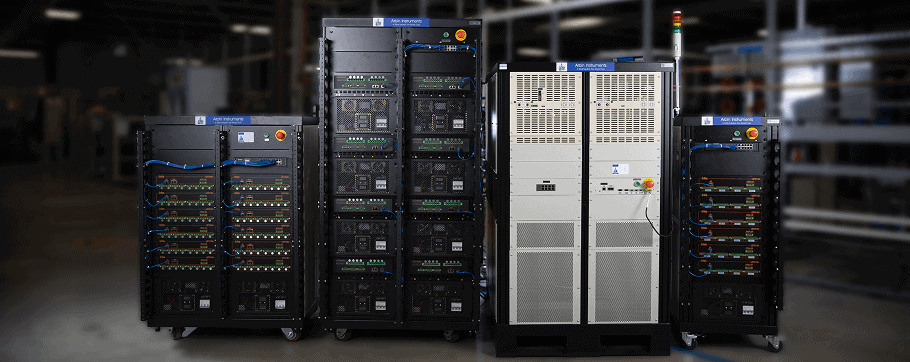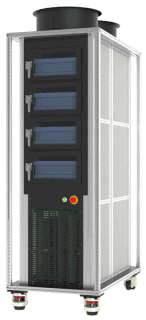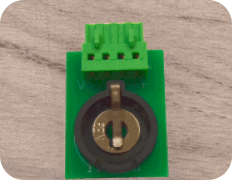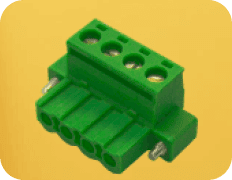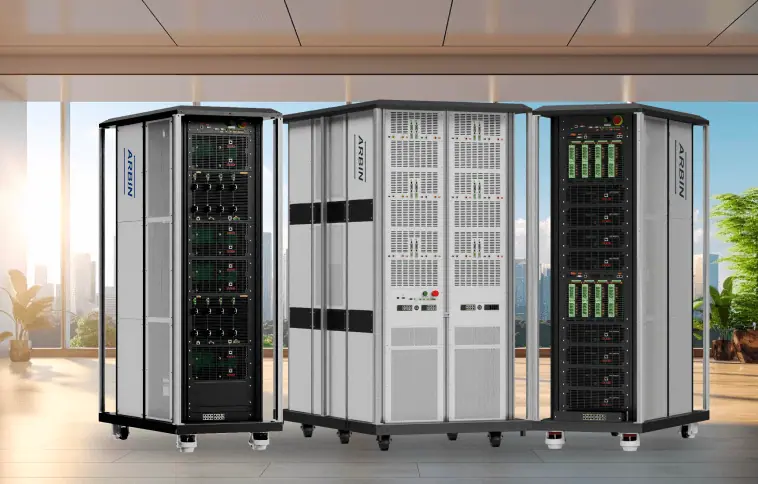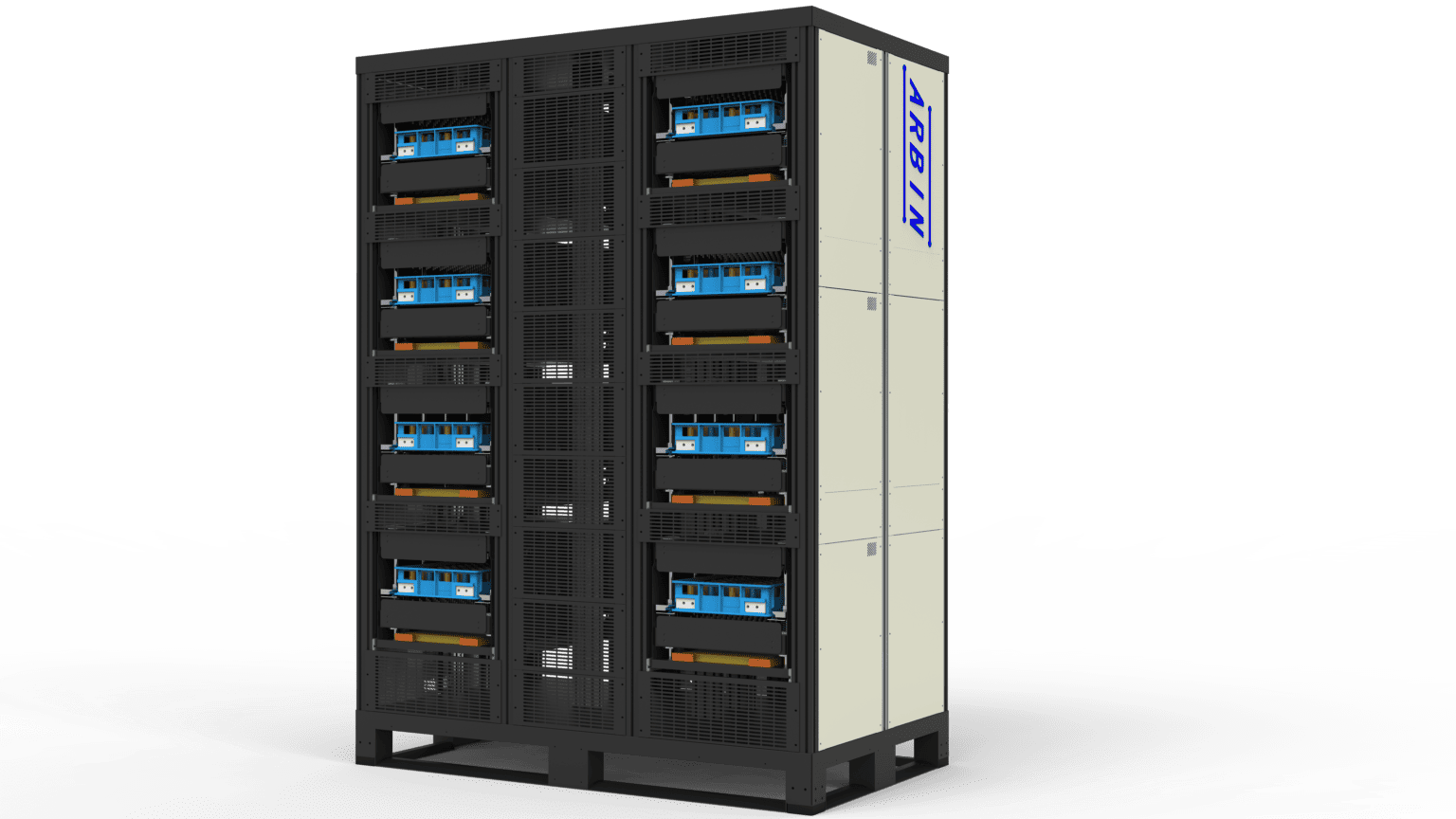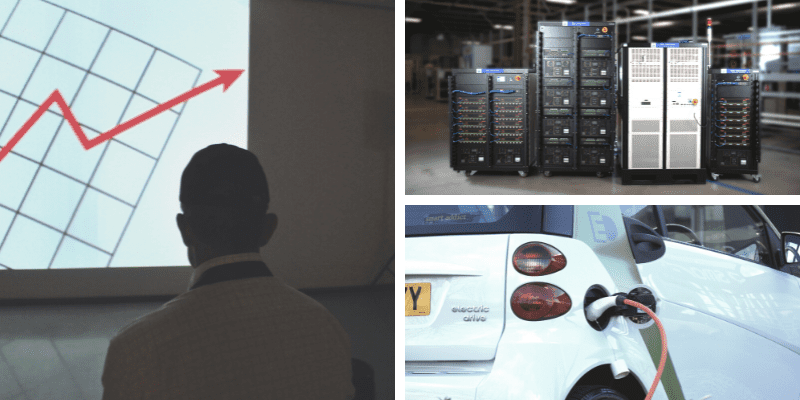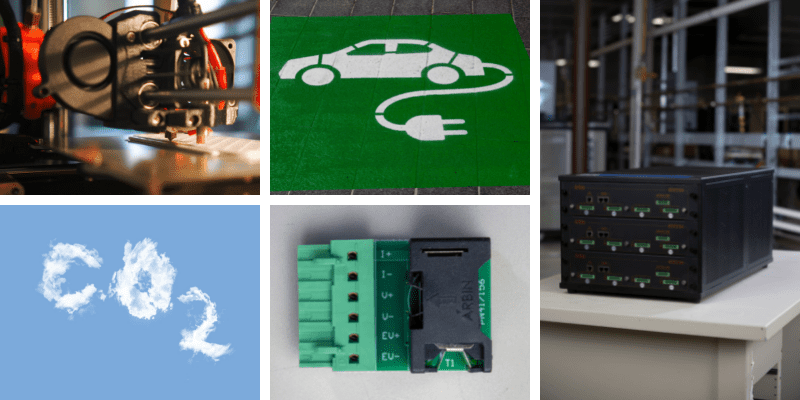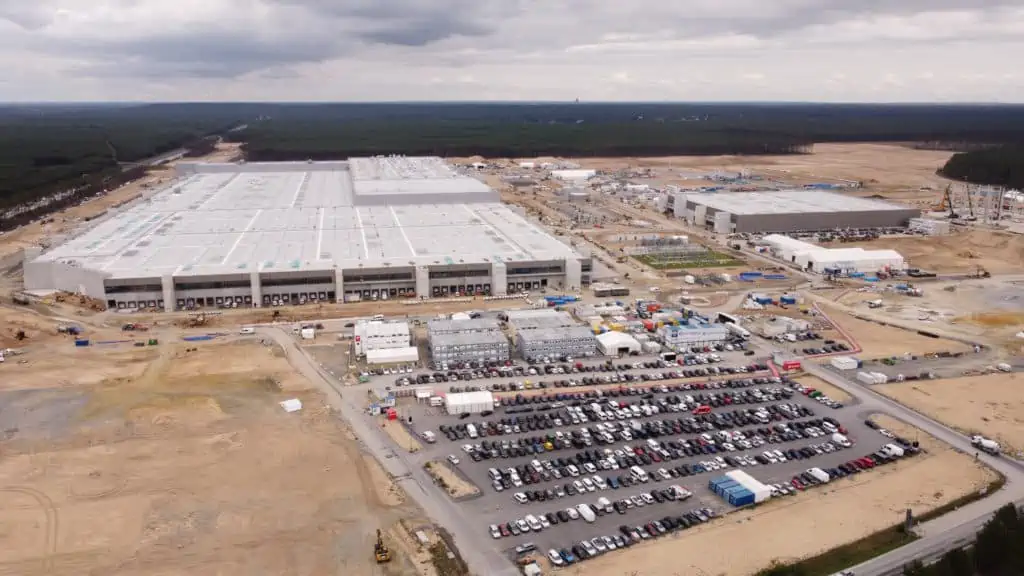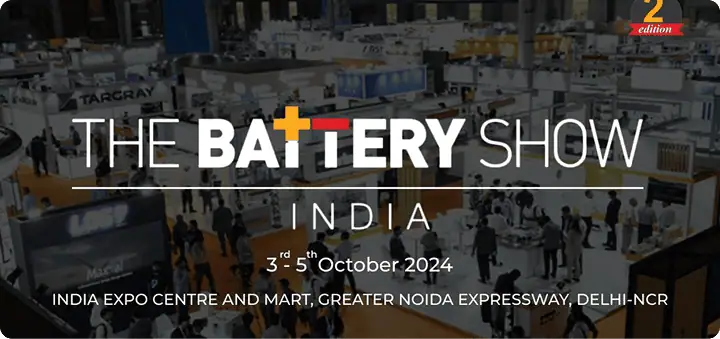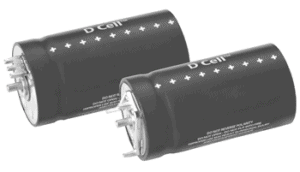
Though most common, chemical batteries are not the only way to store energy. Another device that is constantly being researched and improved is the supercapacitor. The supercapacitor stores electricity as static rather than chemical energy. While they can’t match up to batteries in energy capacity, they do have clear advantages that secure them a place in our energy-efficient future.
How does a supercapacitor work
A supercapacitor is made up of two metal electrode plates separated by a thin and porous insulator usually made from carbon, paper or plastic that has been soaked in an electrolyte.
When a charge is applied, ions in the electrolyte migrate toward the plate with the opposite polarity. An electrical field is created by this movement, and energy is stored in the intense electric field between the ions and electrodes that keeps them together. During discharge, electrons move toward the circuit load, releasing the ions from the plate.
What is the difference between supercapacitors and batteries?
While both store energy, the supercapacitor and battery are extremely different. The energy density of the supercapacitor is only around 1 to 30 Wh/kg, compared to the 100 to 265 Wh/kg of modern lithium ion batteries.
Conversely, the supercapacitor greatly surpasses batteries in power density. Because it does not rely on chemical reactions to release energy, the supercapacitor can release a large amount of energy in a short amount of time. The specific power of a supercapacitor can be up to 10,000 W/kg, while that of general lithium-ion batteries is around 1,000 to 3,000 W/kg.
This also means it can charge very quickly. The average charging time of a supercapacitor is 1-10 seconds, whereas batteries would need to charge for 10 minutes to up to an hour to reach full charge.
Supercapacitors have a much longer cycle life because the materials do not degrade through the energy release process. In batteries, the chemical reactions would eventually wear down the materials and cause loss of capacity.
Supercapacitor Applications
Despite all these advantages over batteries, the one thing that greatly holds back supercapacitors are their energy capacity. Nonetheless, they are well suited to high power applications that need to charge and discharge quickly without the need for long-term storage.
Some small devices that make use of supercapacitors include flashes for cameras and small electrical tools. Because these devices do not need a constant flow of electricity but rather quick bursts of energy, the supercapacitor is perfect in these instances.
Though not energy dense, supercapacitors are used in certain types of electric transportation. In China, some of their electric buses in Shanghai run on supercapacitors, charging up at stops while passengers alight and board. Because they can charge in seconds, buses can keep running for the whole day without worry of running out of charge. Certain trams and light-rails in various places across Europe also make use of the same principle.
In electric vehicles, supercapacitors can be used in regenerative braking systems, quickly absorbing and releasing energy. In this way, the supercapacitor would support the battery in powering the car, especially during acceleration where a quick burst of power would be needed.
In grid applications, another important area in the future of energy storage, supercapacitors can also be paired with batteries to bridge power gaps when there is a sudden surge of demand for energy. The supercapacitor would act as a buffer between the grid and load, quickly releasing energy when there is a sudden surge of demand so as to limit disruption of the energy flow, as well as the strain on the grid.
Testing supercapacitors
Because of supercapacitors’ many advantages, exploring ways they can play a role in energy storage is an important part of the conversation. Arbin has high quality supercapacitor testing equipment for research and development purposes. Like all of our other equipment, the supercapacitor test systems support real-world simulation charge/discharge cycles. Available for cell, module and pack testing up to 800v.


